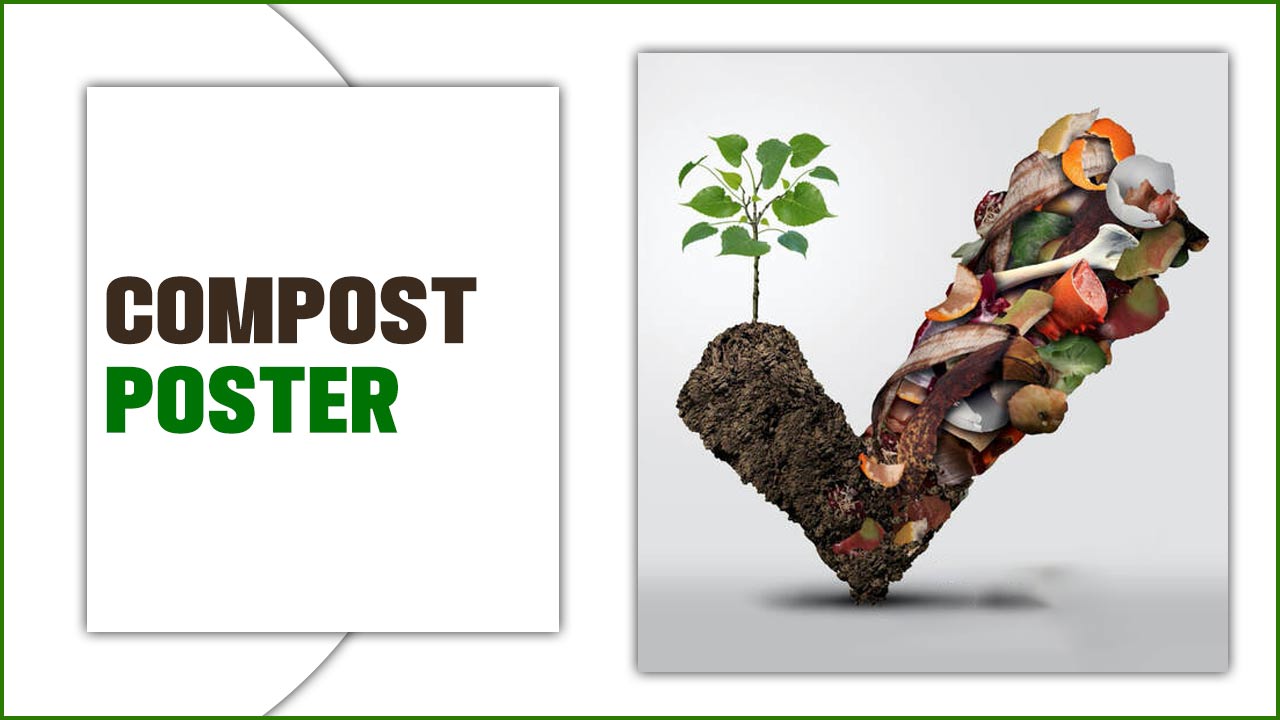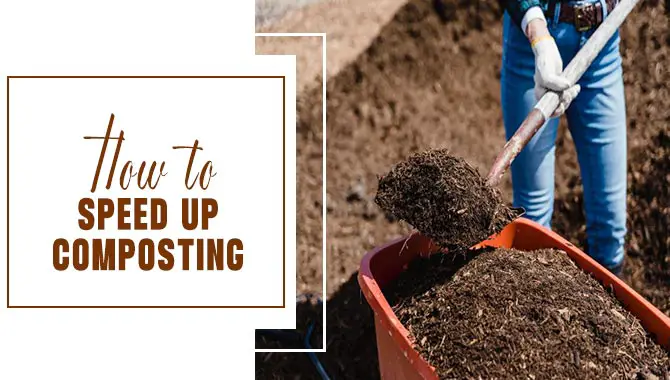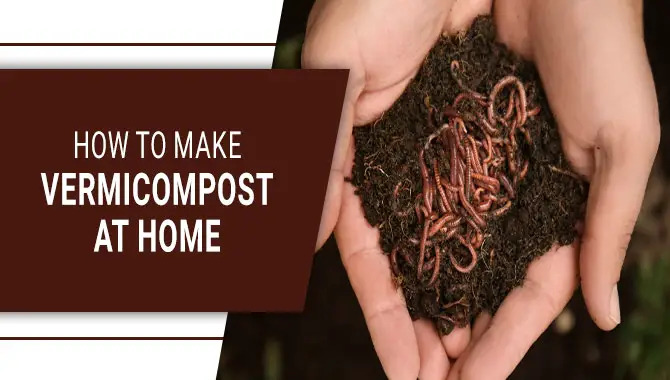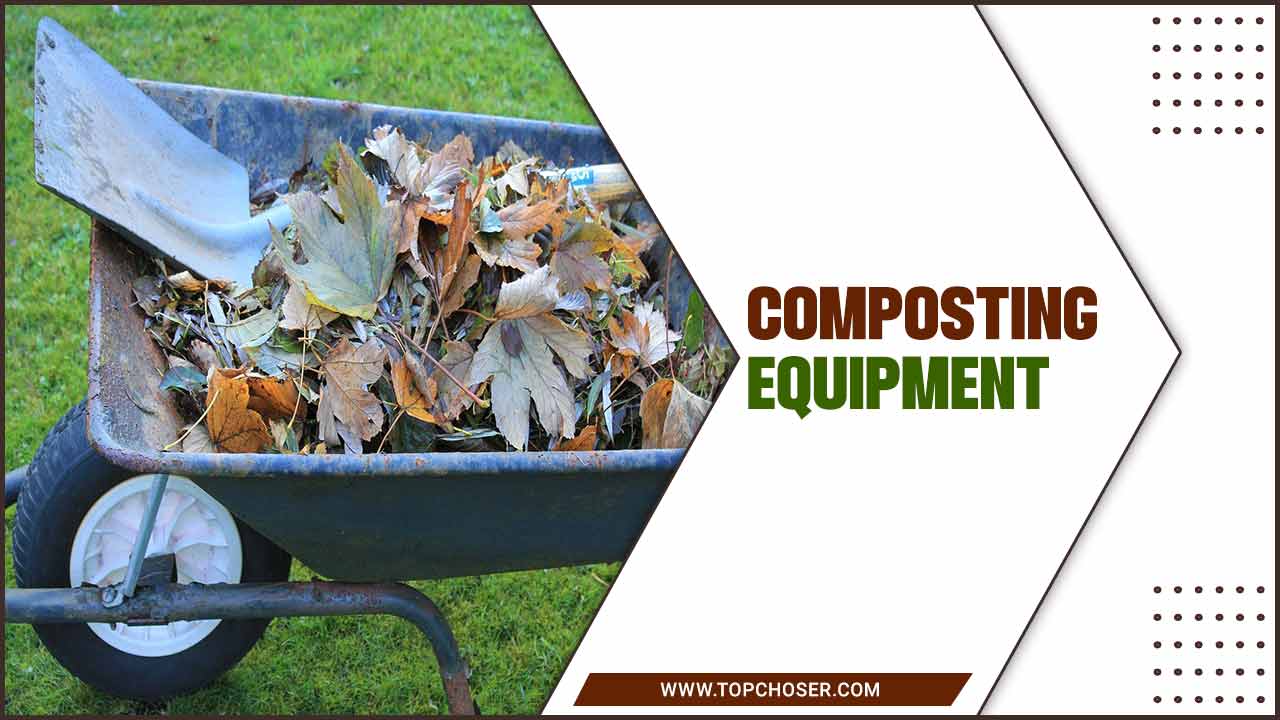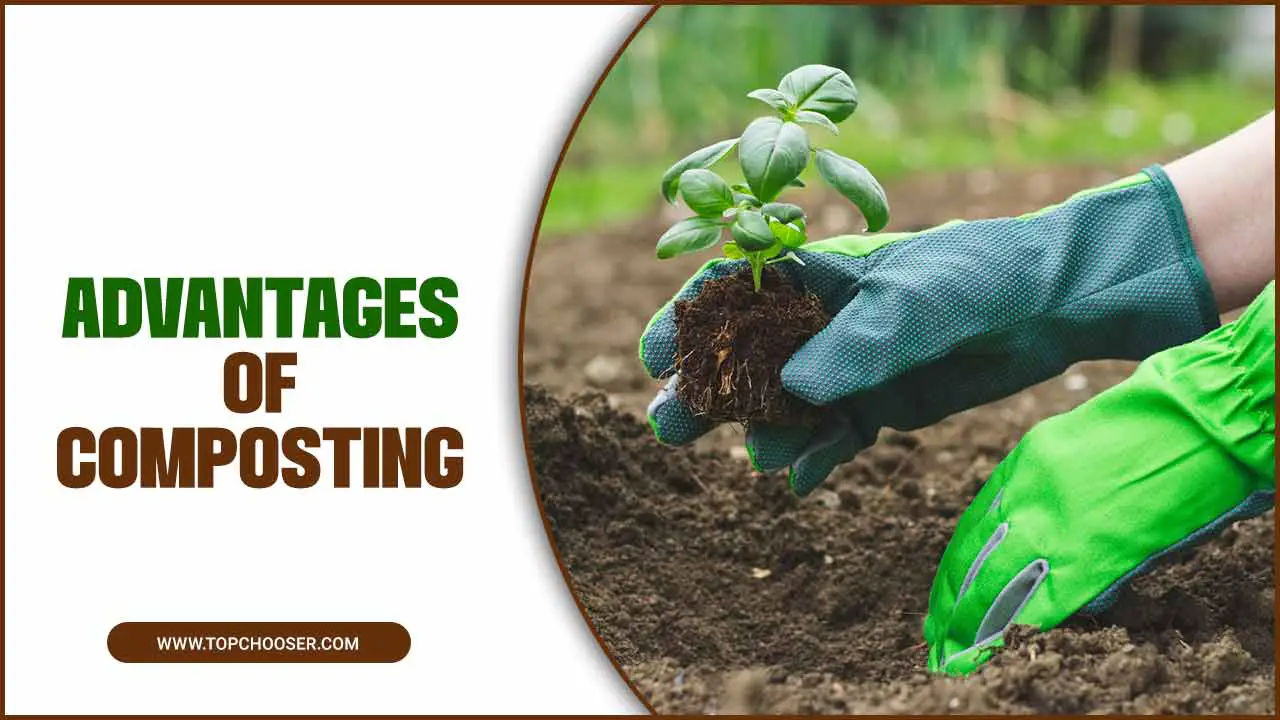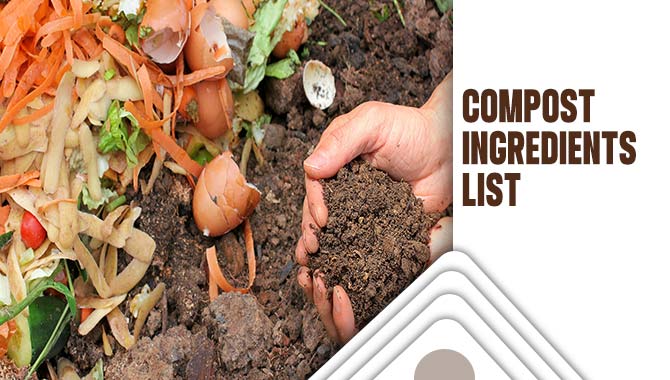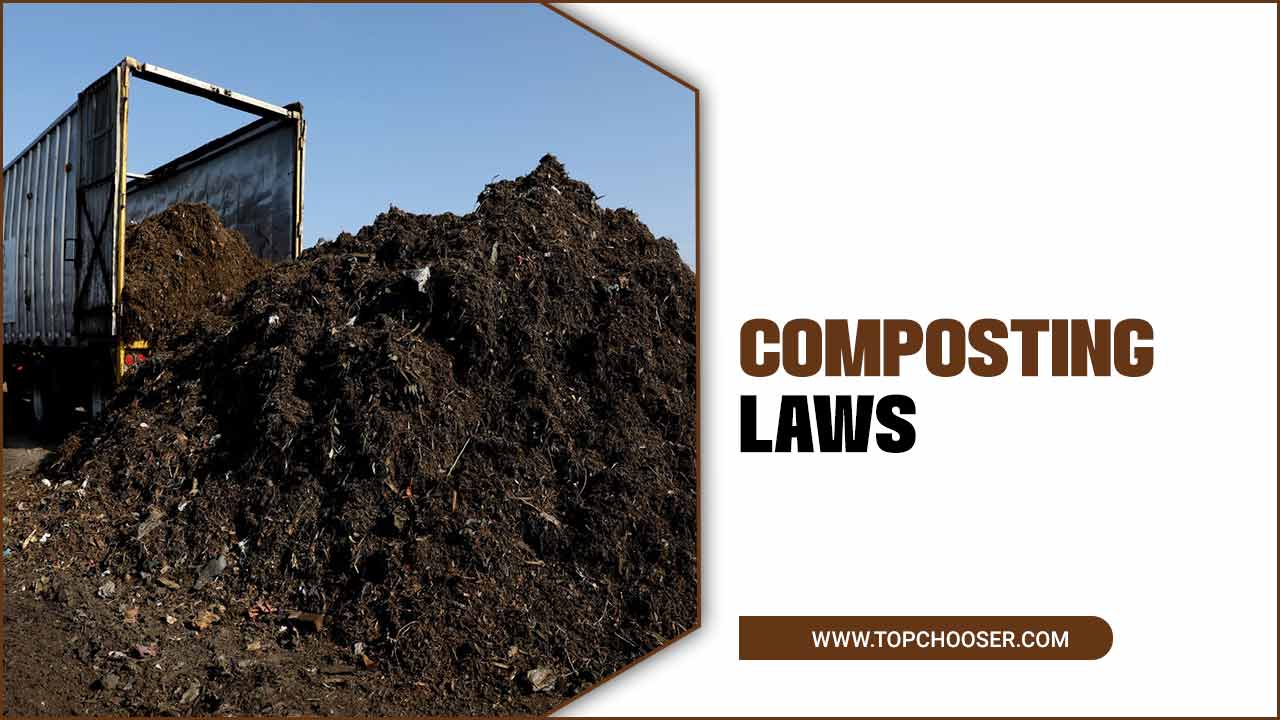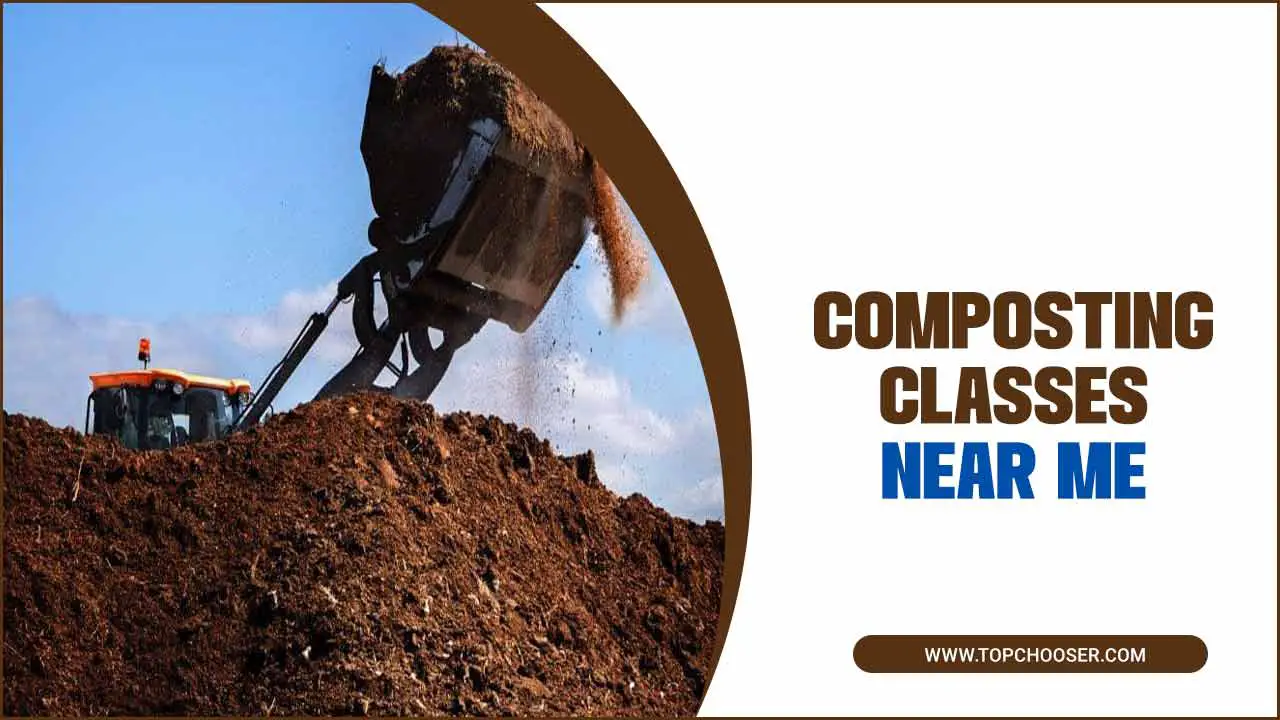Gardening is one of the most rewarding activities one can engage in. The feeling of watching your plants grow and flourish is unparalleled. However, the success of your gardening efforts is largely dependent on the quality of your soil.
And that’s where compost comes in. Composting is the process of breaking down organic matter into nutrient-rich soil that can be used to grow healthy plants. Composting is an inexpensive way to improve soil quality, reduce waste, and help the environment.
We will explore everything from the basics of composting to the different types of composting methods, the benefits of transforming compost to soil, and how to make the best use of your compost. Whether you’re a seasoned gardener or a beginner, this guide will provide all the information you need to create high-quality compost to help your plants thrive.
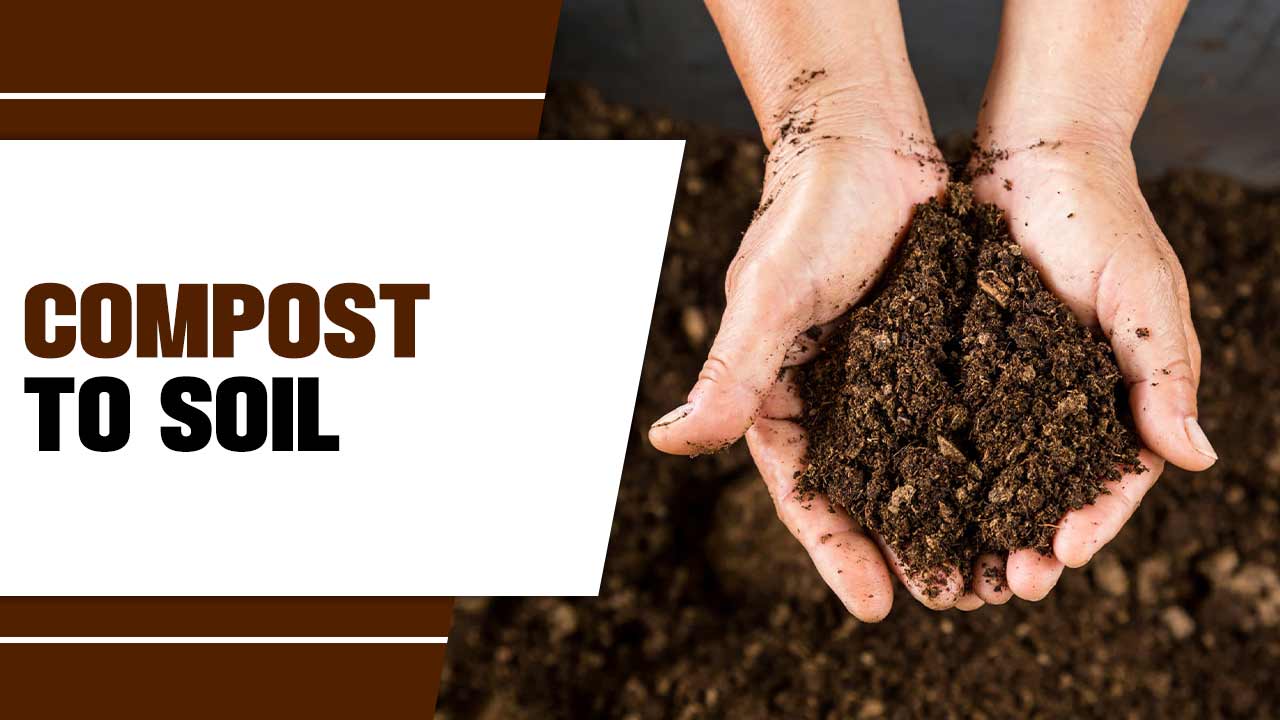
What Is Compost?
Organic materials such as food scraps, yard waste, and leaves undergo natural decomposition to create compost, a nutrient-rich soil amendment. It is commonly known as “black gold” due to its ability to enhance soil structure, fertility, and overall health Composting is a process that involves creating the right conditions for microorganisms to break down organic matter into humus, which is a dark, crumbly material that resembles rich soil.
The resulting compost can be used in gardens, lawns, and potted plants to provide essential nutrients and improve moisture retention. Composting reduces waste going to landfills and helps create sustainable and healthy soil for plants to thrive.
How To Convert Compost To Soil For Successful Gardening
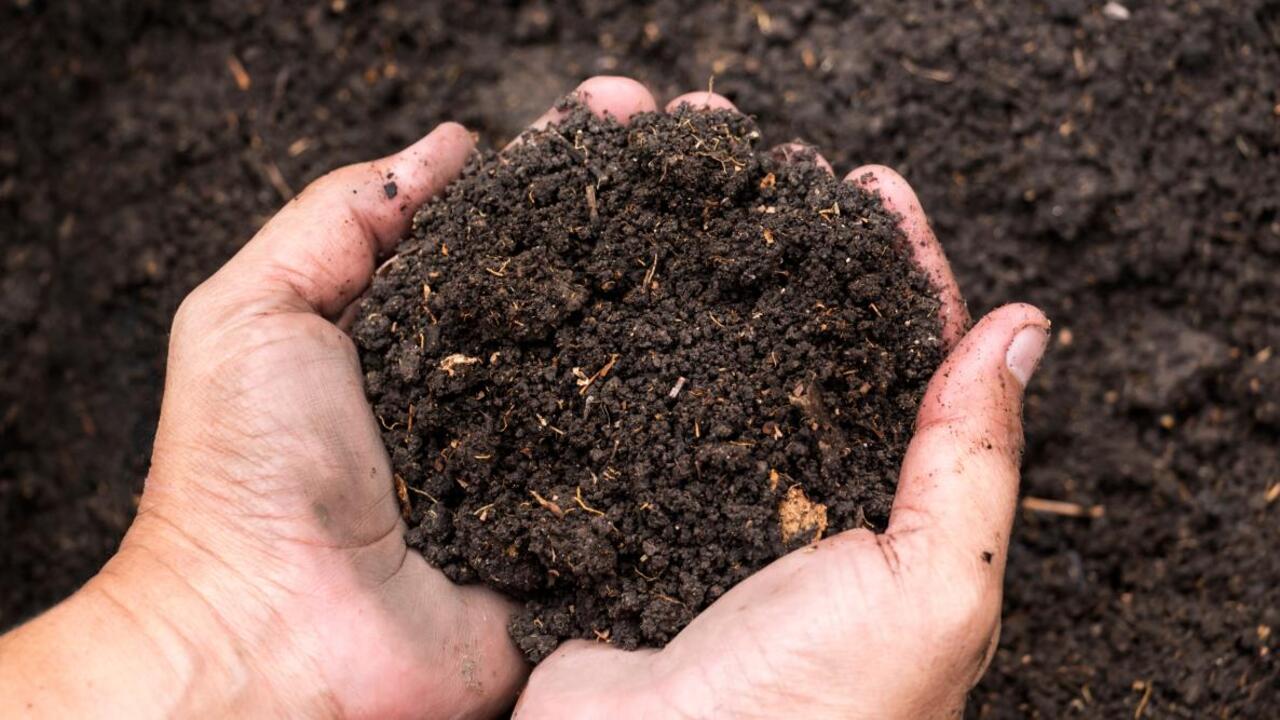
Understanding the benefits of compost to soil health and plant growth is essential for successful gardening. Creating and maintaining a compost pile or bin is the first step in utilizing this valuable resource.
By turning compost into nutrient-rich soil, gardeners can provide their plants with the organic material and fertility needed to thrive. Whether it’s a vegetable garden or a flower bed, using compost as a soil amendment can greatly enhance plant growth and yield.
However, avoiding common mistakes in using compost in your garden is important. For instance, improper composting techniques can lead to issues such as odour, pests, or weed seeds.
It’s crucial to strike a balance between the right ratio of nitrogen and carbon-rich materials, proper moisture levels, and regular aeration. Implementing the right techniques will ensure your compost breaks down efficiently and becomes a beneficial soil amendment.
To make the most of compost, it’s recommended to incorporate it into your garden soil by adding a layer of compost and mixing it thoroughly. This helps improve soil structure, drainage, and water retention. Additionally, using compost as a mulch around plants can further enhance moisture conservation and weed suppression.
Setting Up Your Composting System
When setting up your composting system, there are a few key factors to consider. First and foremost, you’ll need to choose the right container or bin for your compost materials. Make sure it’s large enough to hold all your organic matter, allowing proper airflow and drainage.
Additionally, selecting the right location is crucial. You’ll want it accessible for easy management and close to your garden or plants that will benefit from the compost.
Regarding the organic materials you add, it’s important to strike a balance. Aim for a mix of green materials, such as fruit and vegetable scraps, and brown materials, like leaves and twigs. Regularly turning or mixing your compost is essential to promote decomposition, prevent odours, and keep pests at bay.
Choosing The Right Materials For Composting
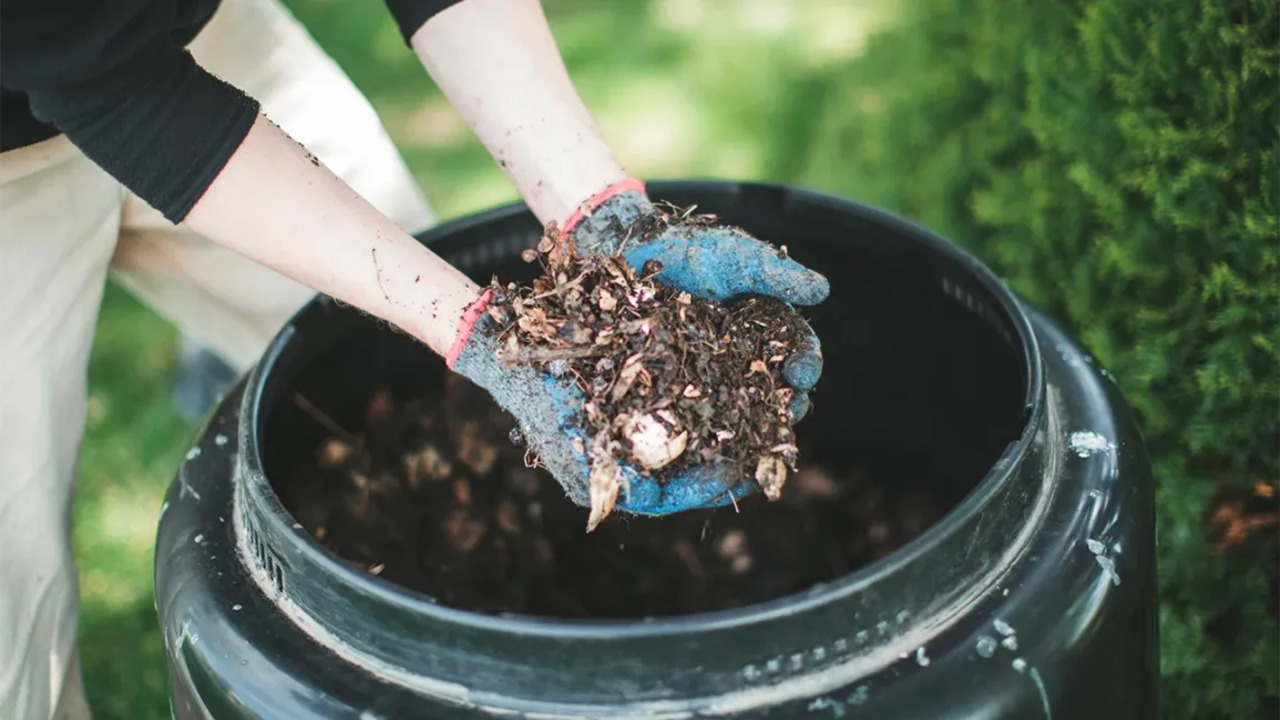
When composting, choosing the right materials is crucial for successful decomposition. Composting is a process that transforms organic materials into nutrient-rich soil, which is essential for gardening. To achieve the best results, you must balance “green” and “brown” materials.
Green materials, such as fruit and vegetable scraps, coffee grounds, and grass clippings, provide nitrogen. Meanwhile, brown materials, like leaves, straw, and wood chips, offer carbon. The ideal ratio for composting is roughly 3 parts brown material to 1 part green material.
Additionally, regular turning of the compost is essential to ensure proper airflow and decomposition. This allows microorganisms, worms, and insects to effectively break down the organic matter. By maintaining the right balance of materials and providing adequate aeration, you can create a thriving compost pile that will yield nutrient-rich soil for your gardening needs.
The Art Of Layering In Composting
Layering is a crucial technique in composting that plays a significant role in creating a balanced and nutrient-rich soil environment. The first layer should be organic materials like kitchen scraps, grass clippings, or leaves. This initial layer provides a foundation for the subsequent layers.
The second layer should contain carbon-rich materials such as straw or shredded newspaper, which help balance the nitrogen-rich organic matter. Achieving this balance is essential for optimal decomposition.
Additionally, incorporating a soil or finished compost layer between the organic layers can introduce beneficial microorganisms, further accelerating the decomposition process. It is recommended to repeat these layers until a pile of about three feet high is achieved.
To ensure proper moisture and decomposition, it is advisable to water the compost pile lightly. Regularly turning the pile aids in mixing the layers and speeding up the composting process.
Understanding Soil Types And Nutrient Needs
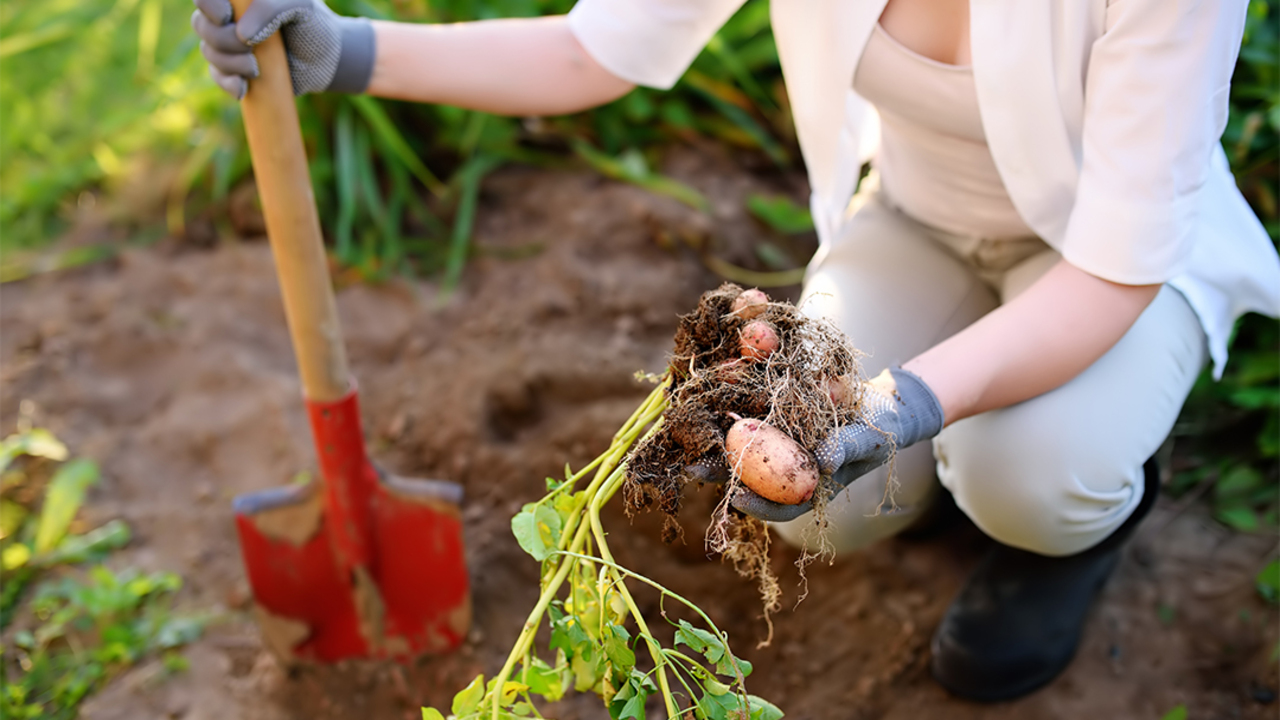
Understanding the different soil types in your garden is crucial, as different plants have varying soil preferences. Clay soil tends to be heavy and retains water, whereas sandy soil drains quickly. Loam soil, which consists of a balanced mix of clay, sand, and silt, is considered ideal for gardening.
Incorporating compost into your soil can greatly benefit its structure and nutrient content. For clay soil, adding compost can improve drainage and aeration, whereas, for sandy soil, it can increase water-holding capacity.
Additionally, compost provides essential nutrients like nitrogen, phosphorus, and potassium, promoting healthy plant growth. When incorporating compost, aim for a ratio of 1 part compost to 3 parts existing soil. This ensures that the soil benefits from the organic matter without becoming overwhelmed.
Incorporating Compost Into Your Garden Soil
Incorporating compost into your garden soil is essential to improve its structure and fertility. Compost is a valuable source of organic matter and nutrients, enhancing the health and productivity of your plants. Before incorporating the compost, ensure it is fully decomposed and free from weed seeds or pathogens.
Start by spreading a layer of compost over your garden beds, and then use a garden fork or tiller to mix it into the top few inches of soil. Aim for a 25-30% compost ratio to 70-75% existing soil, adjusting as per your plants’ needs and soil type. Adding compost regularly improves water retention and drainage, leading to healthier plants and higher yields.
Benefits Of Compost For Soil
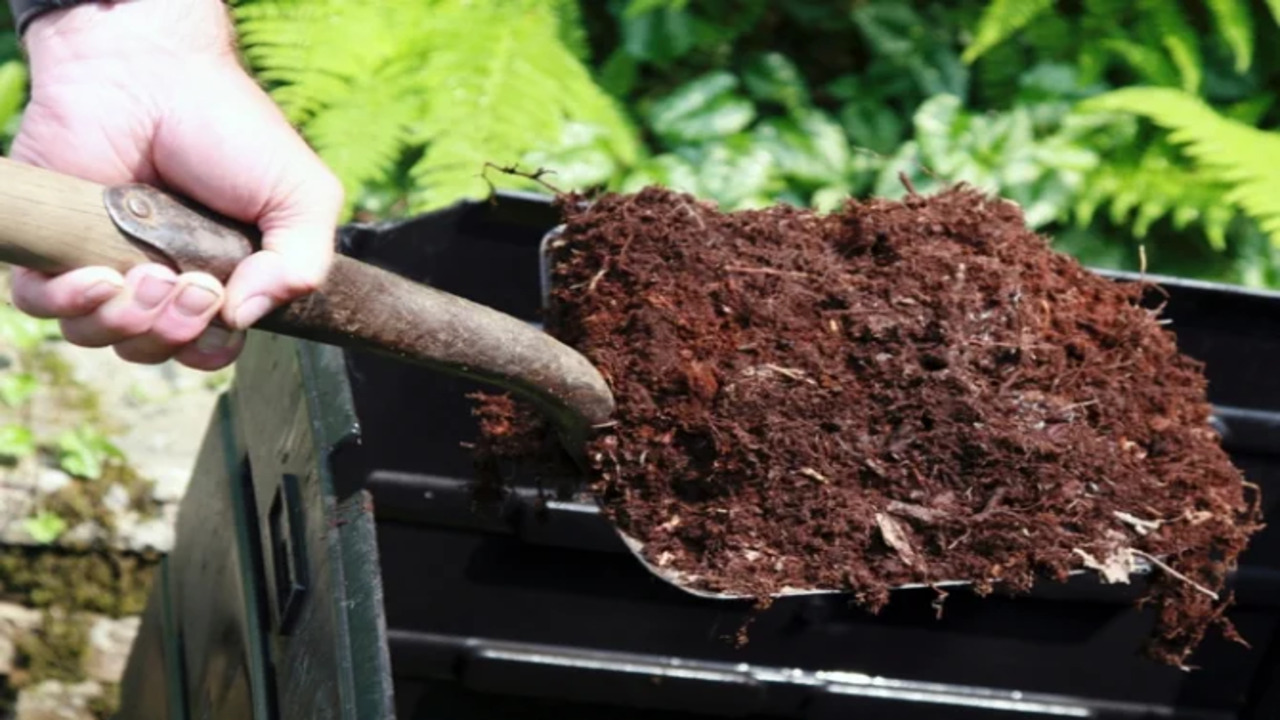
Compost offers numerous benefits to soil health, making it an essential tool for successful gardening. Compost creates an optimal environment for plant growth by improving soil structure and drainage.
Adding essential nutrients promotes healthy development, while increased microbial activity aids nutrient cycling and disease suppression. Compost also plays a key role in water retention, reducing the need for frequent watering.
Furthermore, its use reduces reliance on chemical fertilizers and pesticides, making it an environmentally friendly choice for gardeners. Incorporating compost into gardening practices enhances soil health and promotes sustainable and organic gardening methods. With its many advantages, compost is a valuable and versatile soil amendment that every gardener should utilize.
How To Use Compost In Gardens And Landscapes
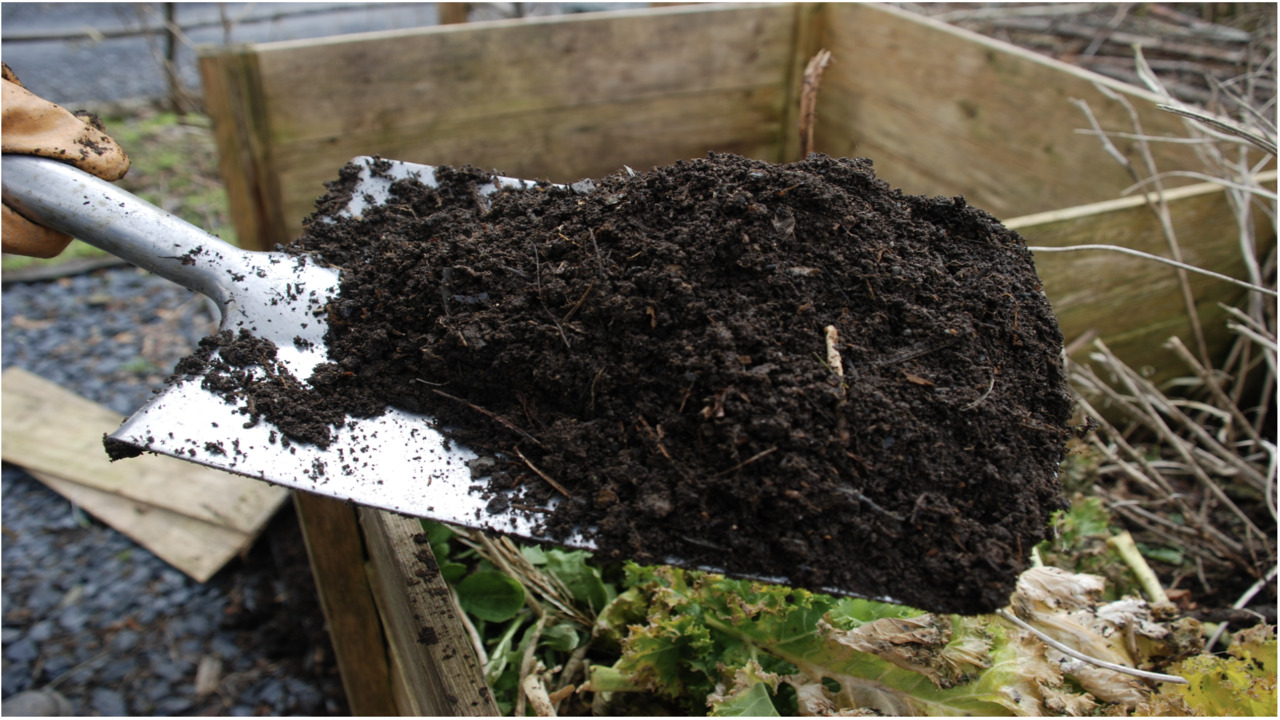
Using compost in gardens and landscapes can greatly benefit the health and vitality of your plants. Compost is a natural fertilizer that enriches the soil with essential nutrients and improves its structure.
To use compost effectively, incorporate it into the top few inches of soil before planting. This will help ensure that the nutrients are evenly distributed and readily available to the roots of your plants.
You can also use compost as a mulch by spreading it on top of the soil around your plants. This will help retain moisture, suppress weeds, and gradually release nutrients.
Additionally, compost can be added to potting mixes or used to make compost tea for watering plants. Regularly applying compost can help create healthy, nutrient-rich soil that promotes robust plant growth and overall garden success.
Conclusion
Compost is a key ingredient in successful gardening. It enriches the soil with essential nutrients, improves soil structure, and promotes healthy plant growth. By setting up a composting system and using the right materials, you can create nutrient-rich compost that will benefit your garden.
Understanding soil types and nutrient needs will help you incorporate compost effectively into your garden soil. The benefits of using compost are numerous, including increased fertility, improved water retention, and reduced reliance on chemical fertilizers.
Remember, composting is not only good for your garden, but it is also good for the planet. So, start transforming compost to soil today and enjoy the benefits of healthy soil and a bountiful garden.
Frequently Asked Questions
[rank_math_rich_snippet id=”s-25461718-da60-4f3e-9337-8bd6724d0c72″]

I am passionate about home engineering. I specialize in designing, installing, and maintaining heating, ventilation, and air conditioning systems. My goal is to help people stay comfortable in their homes all year long.

